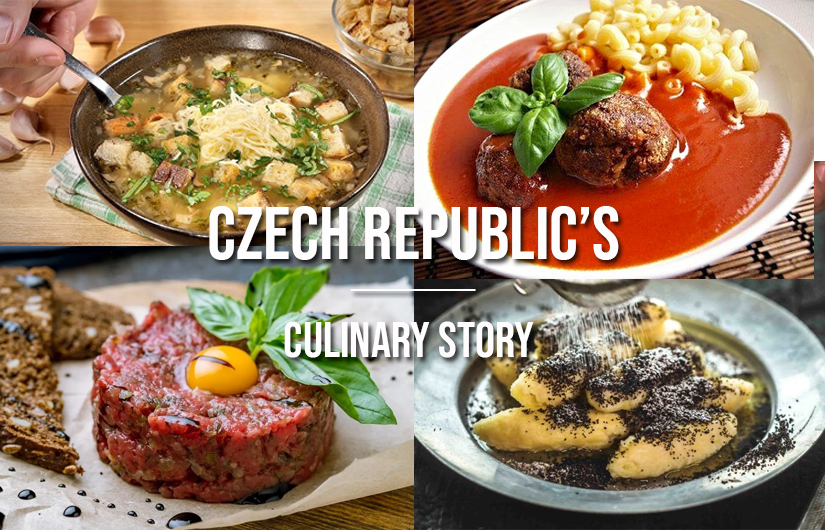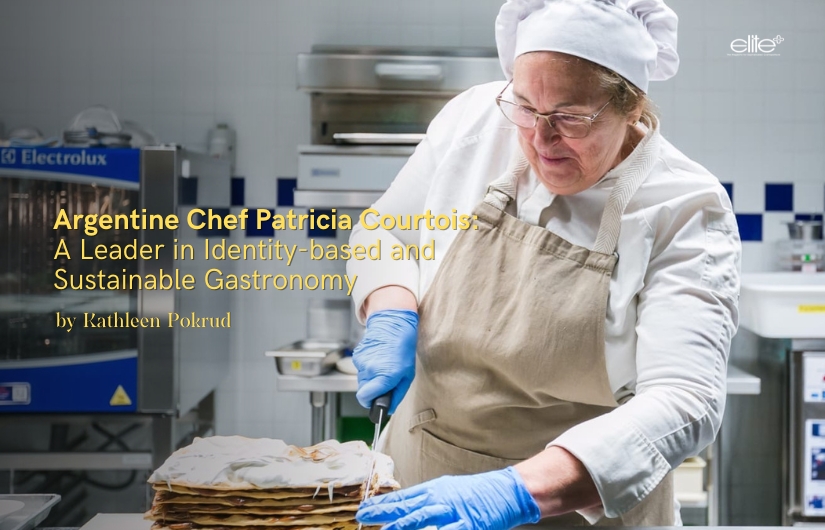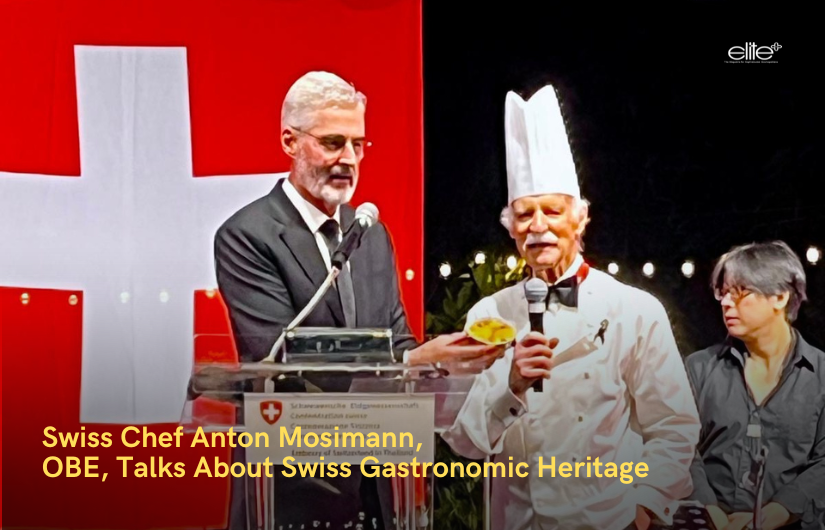Czech Republic’s Culinary Story
By Kathleen Pokrud
Czech cuisine has not been popularized like other countries’ globally. However, its cuisine can be traced back for centuries, influenced by neighbouring nations. I sat down with HE Ambassador Pavel Pitel to learn about the rich culinary traditions of Czech cuisine.

Ambassador Pavel first explained, “The history of Czech cuisine has its roots in the formation of the country, with people utilizing locally sourced ingredients. Bread was served as a staple food, accompanied by cheese and buttermilk. Varieties, including buckwheat, millet and wheat, were prevalent at ancient Czech meals. Grain legumes and porridges were also elementary components of traditional Czech dishes.
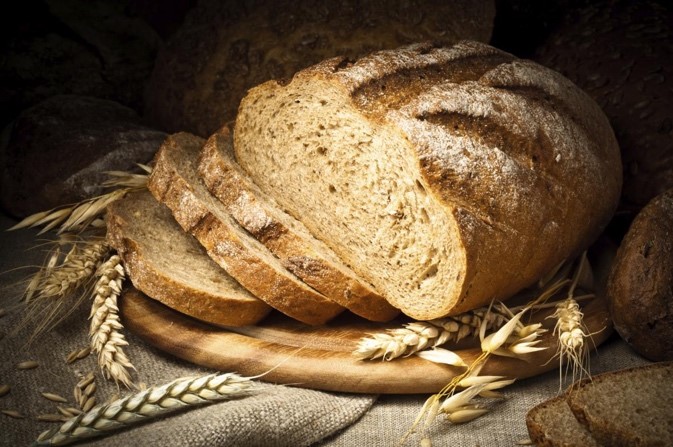
Czech bread
“The evolution of Czech food culture can be traced back to the 6th century. This evolved into the emergence of written recipes in the 15th century. The 16th century marked a period of culinary extravagance, introducing seasonings and incorporating Italian, Spanish, French and English specialties into dishes. This era saw the publication of the first cookbooks, offering guidance on using foreign ingredients. In the 18th century, Czech cuisine saw the adoption of today's national dish, dumplings, inspired by Tyrolean shepherds.”
Ambassador Pavel proudly shared, “Based on TasteAtlas research from 2022, Czechia ranks 27th place when it comes to the best cuisine in the world, right after Georgia. Other sources say Czech cuisine belongs in the top 50 worldwide.”
On the subject of food culture in Czech, he elaborated, “Typical Czech cuisine is heavy and fatty and contains mainly meats and starches. Traditional Czech food is very tasty and famous for its high-calorie content with its combination of pork, dumplings and pickled cabbage. The food culture is deeply rooted in the daily eating habits of many Czech citizens.
“One integral aspect of Czech food culture revolves around beer, which plays a significant role. Czechs take pride in producing some of the world's finest beers. They typically opt for beer as the preferred beverage rather than water or soft drinks to accompany their meals. The availability of beer is widespread, extending from restaurants to coffee shops.”
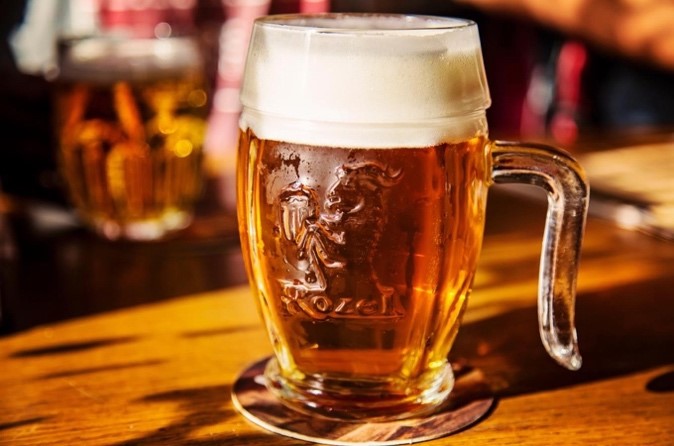
Czech beer
The foundation of exceptional Czech cuisine lies in the use of high-quality ingredients and the meticulous adherence to traditional recipes. Czech cooks have a penchant for crafting dishes from scratch, with practices such as drying fruits and creating homemade marmalades and jams being commonplace. These traditional recipes and homemade condiments contribute to the uniqueness of Czech cuisine. A typical Czech lunch can comprise up to three courses, starting with a soup as an appetizer, followed by a main course and concluding with a dessert.
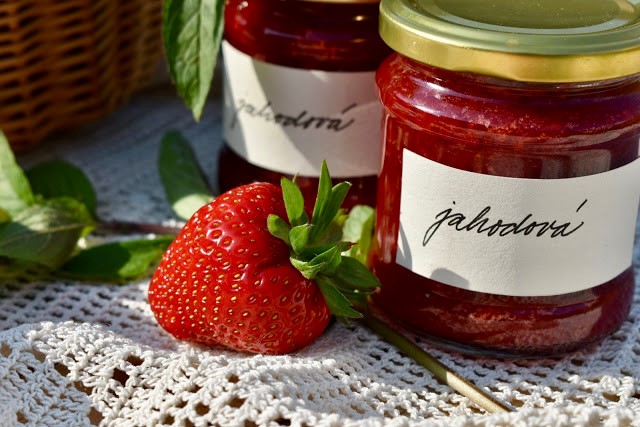
Homemade marmalade
Traditional Czech meals often include options like potato soup, roast pork with dumplings and sauerkraut, fruit-filled dumplings or apple strudel. Another beloved favourite among the Czech people is the combination of beef and dumplings in a creamy sauce. Czech food is a delightful culinary experience worth savouring when traveling to the Czech Republic.
Ambassador Pavel admitted, “Throughout our history, Czech cuisine has been shaped by a blend of cultures and traditions, particularly those of the Celts and Slavs. Influences from neighbouring countries, notably Germany, Austria and Hungary, have also left their mark. In contrast to Mediterranean cuisine, characterized by an abundance of fresh vegetables and seafood, traditional Czech cuisine has adapted to the challenges of long, harsh winters with limited access to fresh ingredients. As a result, it tends to be heartier and more substantial, demanding robust digestion.”
In terms of regional differences, there are significant contrasts among the different regions of the Czech Republic. The Haná region is the ethnographic region found in central Moravia. This region is popular for Olomoucké tvarůžky (table cheese). Prague or central Bohemia is represented by the traditional hearty Guláš (stewed meat with dumplings). The Zlín region has Valašský frgál (sweet cake). Moravian-Silesia is a region surrounded by mountain ranges and close to Slovakia, and its popular dishes include Guláš and Nosovické kysané zelí (a fermented cabbage product).
South Bohemia possesses popular local edibles, like Párek v rohlíku (sausages with bread rolls), and Jihočeská Niva (blue cheese). South Moravia produces sausages made of game meat and Pohořelický kapr (river fish). The Pardubice region is popular for its Svíčková (beef dish), and Pardubický perník (sweet pastry) while Plzeň, the 3rd-largest region is known for Guláš a Knedlíky (dumplings). Finally, the Karlovy Vary region favours Karlovarské oplatky (flat wafers) and Abertam cheese.
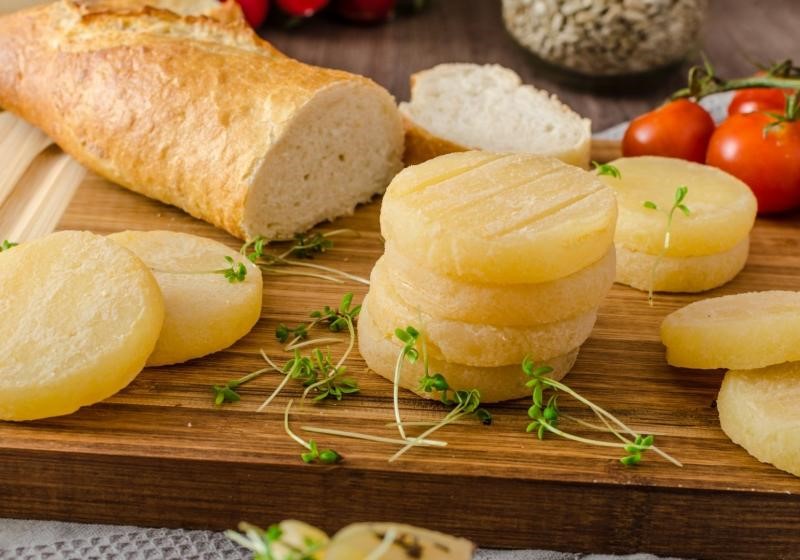 Olomoucké tvarůžky (table cheese)
Olomoucké tvarůžky (table cheese)
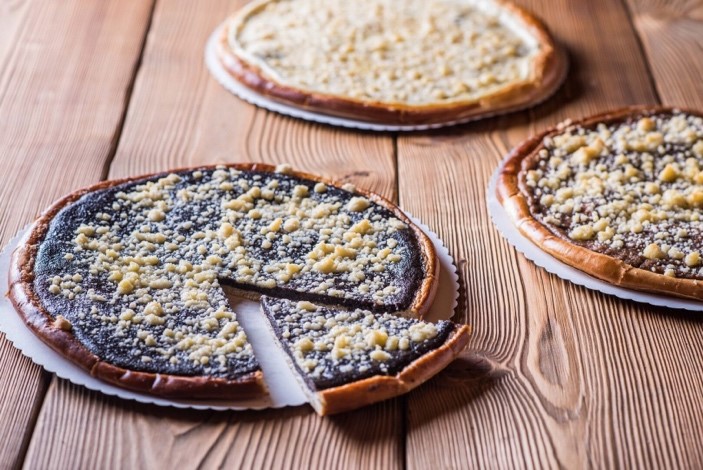 Valašský frgál (sweet cake)
Valašský frgál (sweet cake)
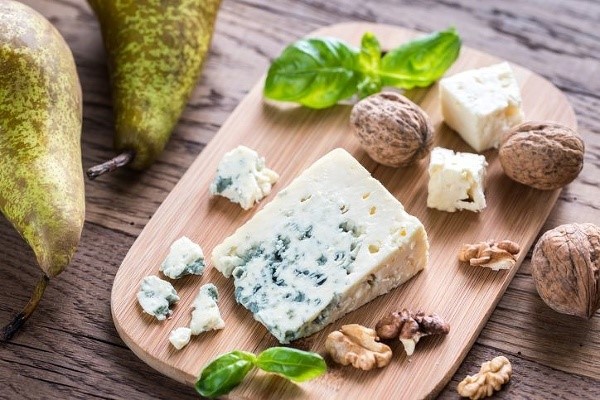
Jihočeská niva (blue cheese)
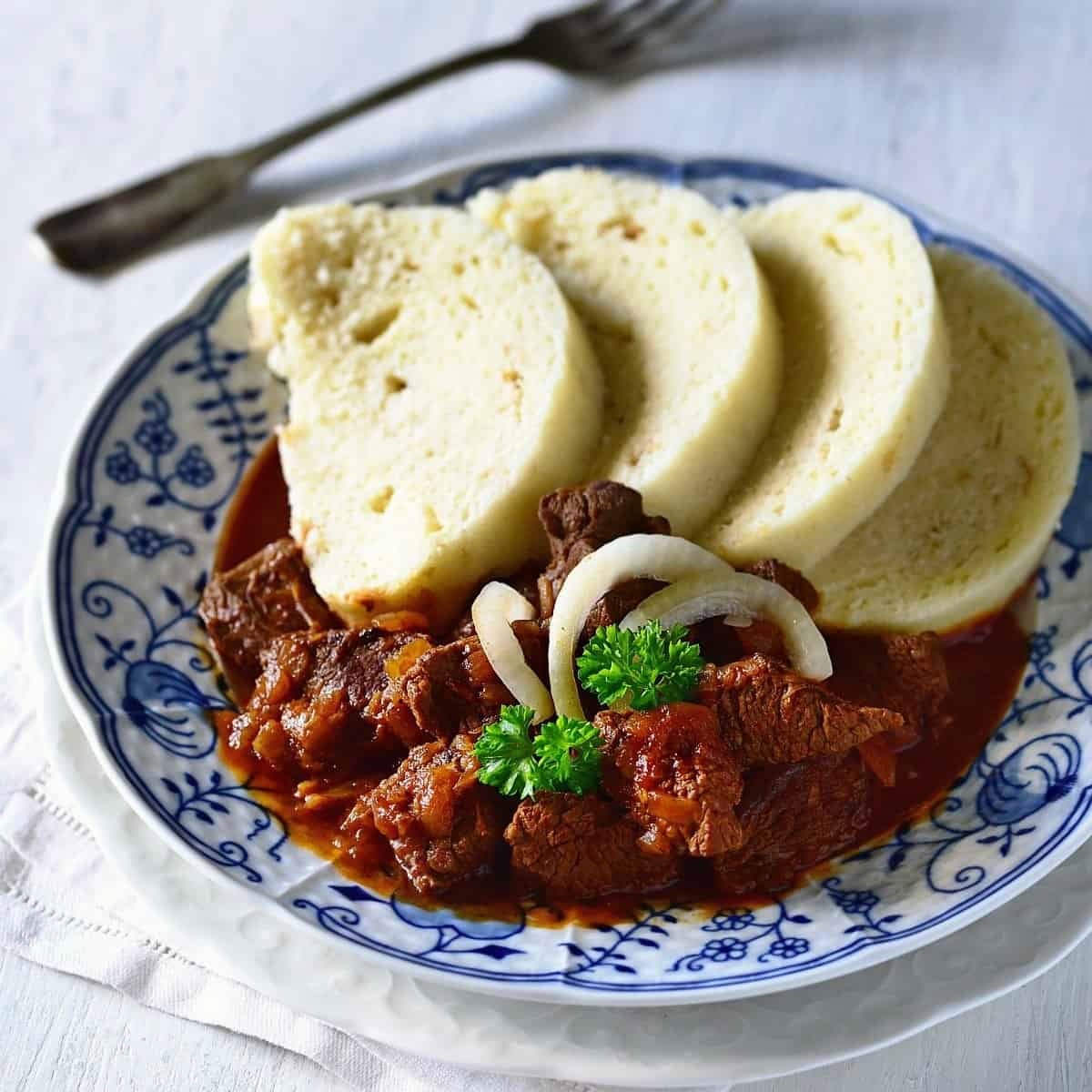
Guláš (stew meat with dumplings)
As our interview drew to a close, Ambassador Pavel commented, “Czech cuisine, characterized by its calorie-rich ingredients, does not align with a healthy lifestyle, contributing to the rising rates of obesity in the country. Nevertheless, over the past 15 years, a notable transformation in dietary habits has taken place in the Czech Republic. Recent trends indicate a shift towards healthier eating and cooking practices, although traditional Czech recipes remain enduringly popular. While Czechia has welcomed elements of modern cuisine, the deep-rooted traditions continue to hold a significant place in its culinary heritage.”
Key representative Czech dishes
Meat is a cornerstone of Czech cuisine, encompassing a variety of options such as pork, beef, poultry, venison, and fish. These meats are often complemented by root and leafy vegetables, along with herbs like garden cress or sage. Common side dishes include dumplings, potatoes, and potato salad. Meat takes centre stage in Czech cooking, prepared through methods like boiling, roasting, or smoking.
Tatarák reminiscent of beef tartare. It consists of a patty made from raw minced meat, adorned with a raw egg and small heaps of diced onion, spices and sauces. The Tatarák is meticulously presented and then swiftly mashed to a paste by the diner, to be spread onto deep-fried garlic bread. It is a dish for adventurous cooks and even bolder food enthusiasts.
Vepřo-knedlo-zelo, a quintessential Czech dish features roasted pork served with dumplings and cabbage, either cooked or pickled.
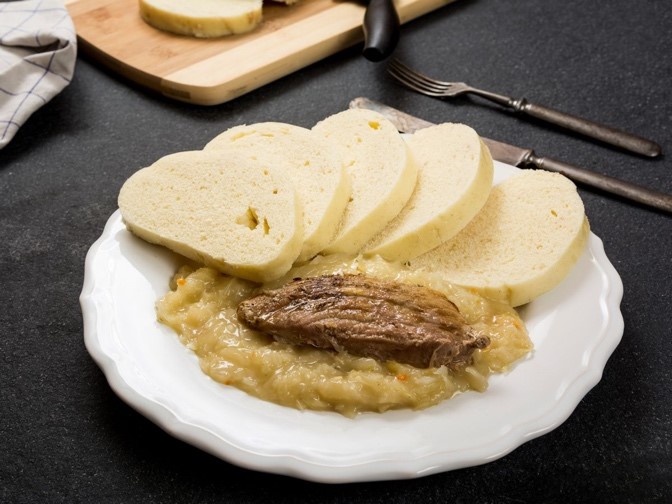
Vepřo-knedlo-zelo (roasted pork with dumplings and cabbage)
Svíčková derives its name from the dominant ingredient, sirloin. This dish comprises roast sirloin in sour cream sauce with dumplings.
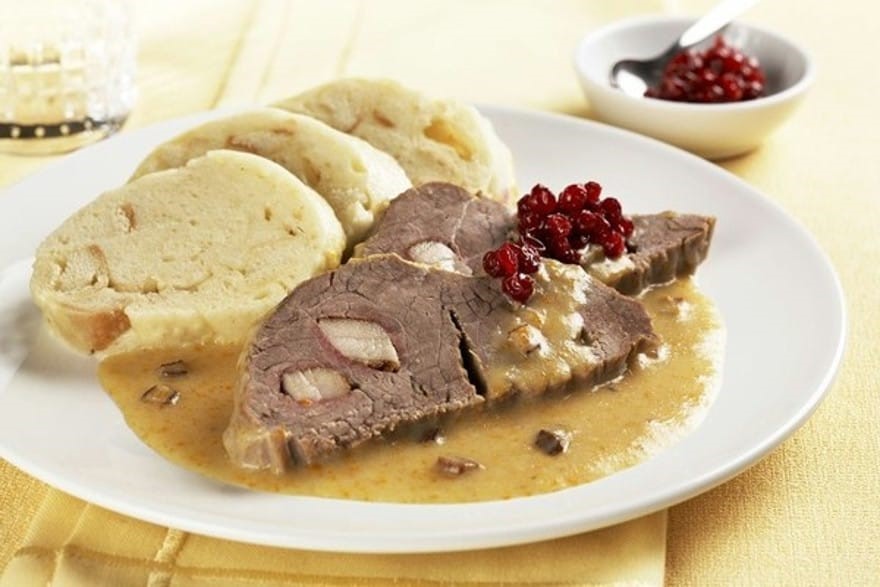
Svíčková (roast sirloin in sour cream sauce with dumplings)
Rajská omáčka, asweet tomato sauce, is a beloved childhood favourite found in many Czech schools and kindergartens. Czech cuisine also borrows from neighbouring Germany, offering dishes like Schnitzel with potatoes and fried cheese with fries.
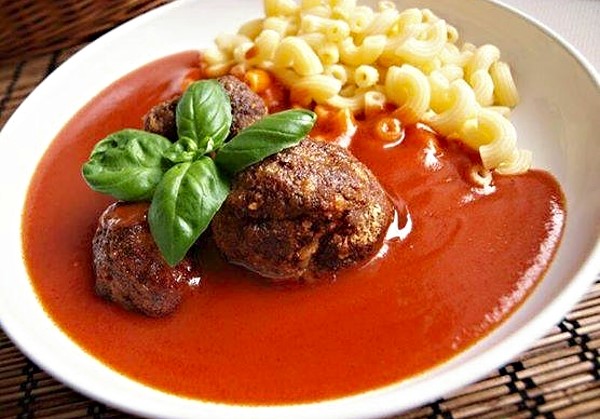
Rajská omáčka (sweet tomato sauce)
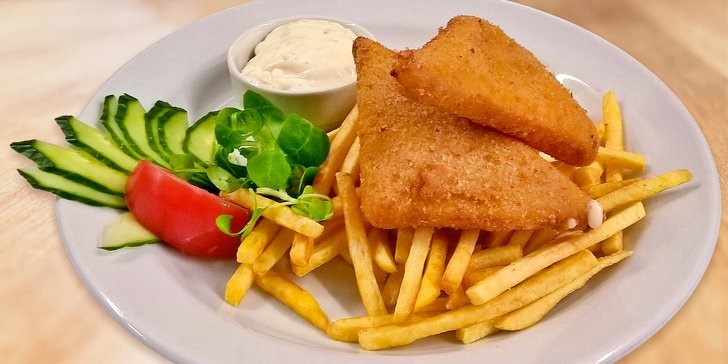
Fried cheese with fries
Bramboračka, a well-known Czech soup, takes various forms but typically includes simple ingredients like root vegetables, dried mushrooms, and assorted spices. Typically, a Czech meal starts with a soup, with popular options including potato soup, garlic soup, chicken noodle soup, beef soup with liver dumplings, sauerkraut soup or dill soup.
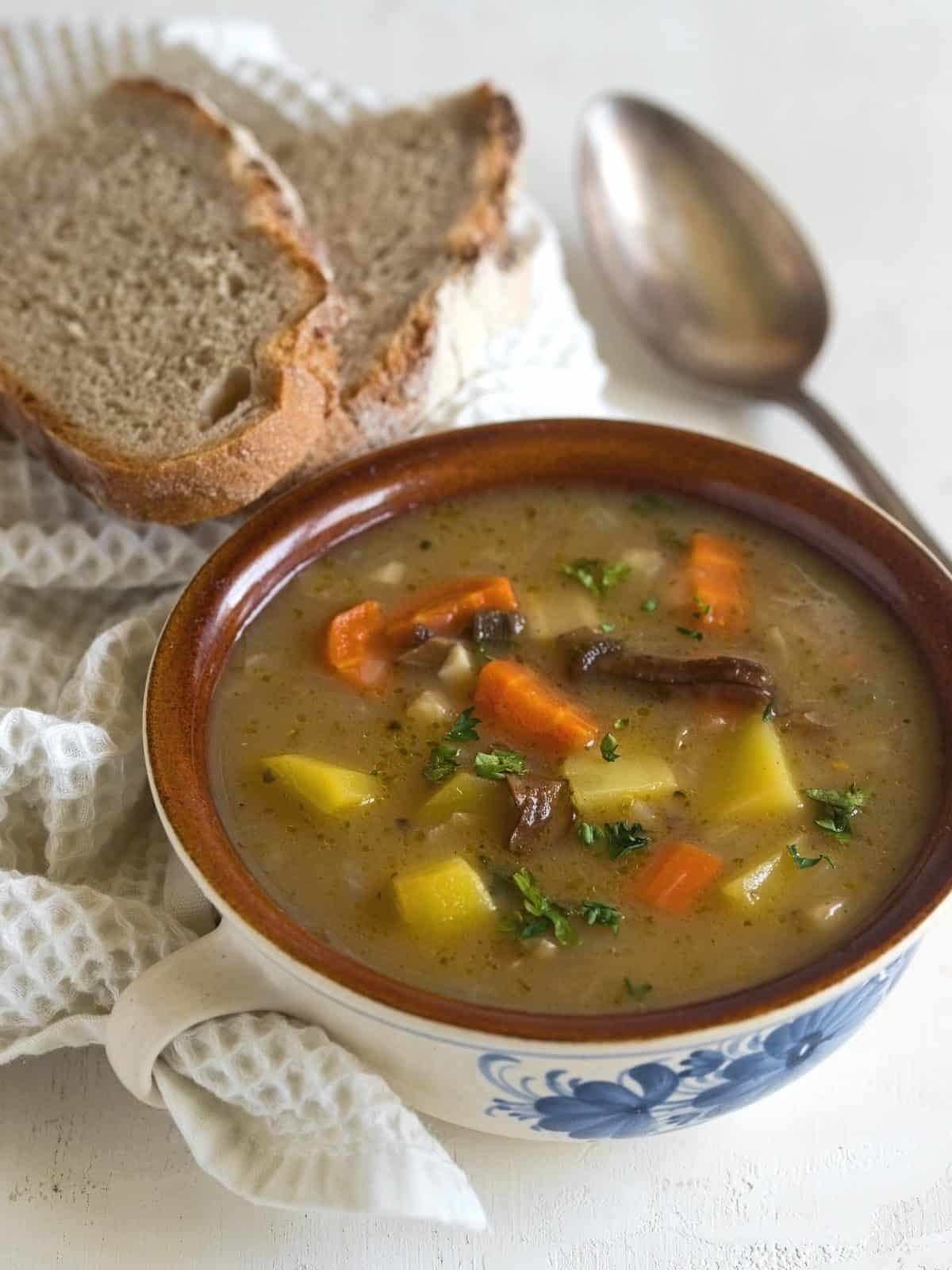
Bramboračka (soup)
In Czech folklore, the go-to remedy for a cold or hangover is "Česnečka," a traditional garlic soup. This aromatic soup features garlic, potatoes, meat broth, onions, and traditional spices such as caraway and marjoram. Topped with grated cheese and crunchy croutons, it's often enjoyed as an appetizer.
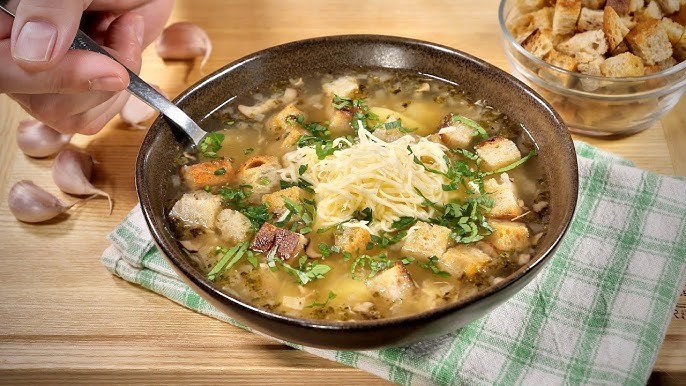
Česnečka (soup)
Finally, "Trdelník," a sweet pastry shaped like a roll, stands as a prominent Czech dessert, originally hailing from northern Hungary. Another delightful treat, "Šišky s mákem," comprises potato dumplings coated with sweetened, vanilla-flavored poppy seeds.
 Trdelník (sweet pastry)
Trdelník (sweet pastry)
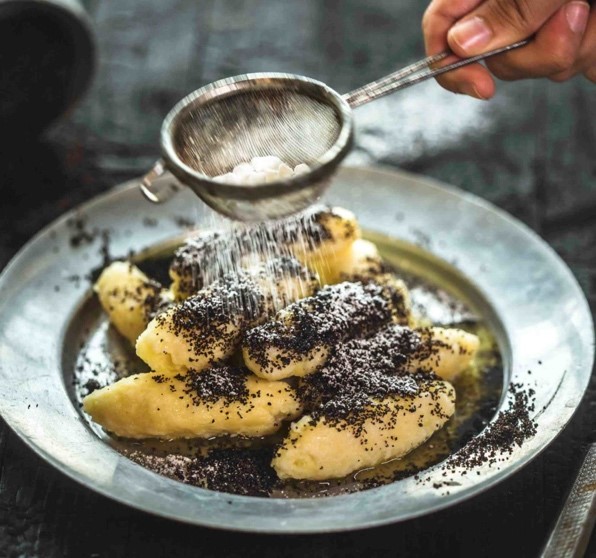
Šišky s mákem (dumpings with poppy seeds)
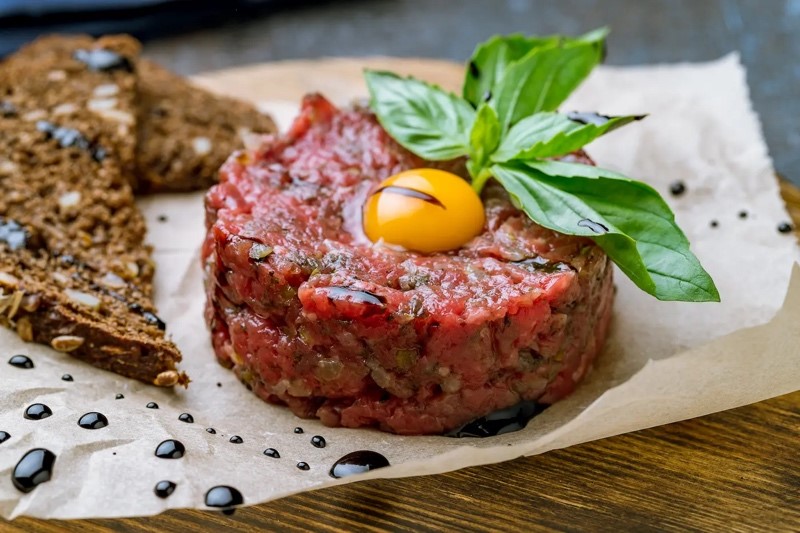
Tatarák (beef tartare)


